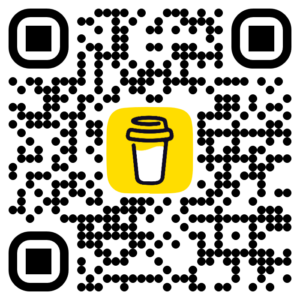I’ve worked at a high tech B2B agency, a big sales promotion agency, general market agencies, and an event marketing agency that operates like a design shop. I’ve never worked for a digital agency, although I’m certainly open to it.
Here’s what Robert Rasmussen, newly named ecd innovation at Bartle Bogle Hegarty/New York thinks about the differences:
The main difference between a digital and traditional shop, he suggests, is structure. The average creative process on a traditional assignment, he notes, often has a beginning, middle and end. But “people who work in a digital environment live in chaos and don’t have a problem with that,” he says. “You never know how long or how deep the conversation [with the consumer] will be. It can be 20 seconds or it can [last] years.”
Rasmussen spent time at Wieden + Kennedy and JWT before moving to the digital side at R/GA and then on to BBH.
Discover more from Adpulp
Subscribe to get the latest posts sent to your email.




In case you missed it, Bob Greenberg defined a digital shop pretty clearly. I don’t completely agree with what Rasmussen said, but mostly because digital shops are so project-driven, and are often paid by the project. So there is definitely a beginning, middle and end – with schedules built around budgets. The project ends when you’ve spent all the billable hours.
Rethinking what Rasmussen said, I do agree if he means that the creative process structure is different. In a traditional ad shop, you’ll get an assignment to produce a print ad or TV spot. And while you have options like consecutive pages or inserts or 15s versus 30s, the structure is somewhat set. Your main challenge is coming up with an idea. With digital, the ways to reach audiences and deliver messages are almost infinite. And you’ll spend as much time trying to arrive at a “vehicle” as you do actually executing it. This, incidentally, is also why so much of what is being done online sucks. Not enough time is given to the creative process. Digital shops are working with the same timelines (and smaller budgets) than traditional ad shops. Traditional ad creatives spend a week or two concepting a print ad. Digital creatives have to spend the same time deciding on a “vehicle” and then executing it too.